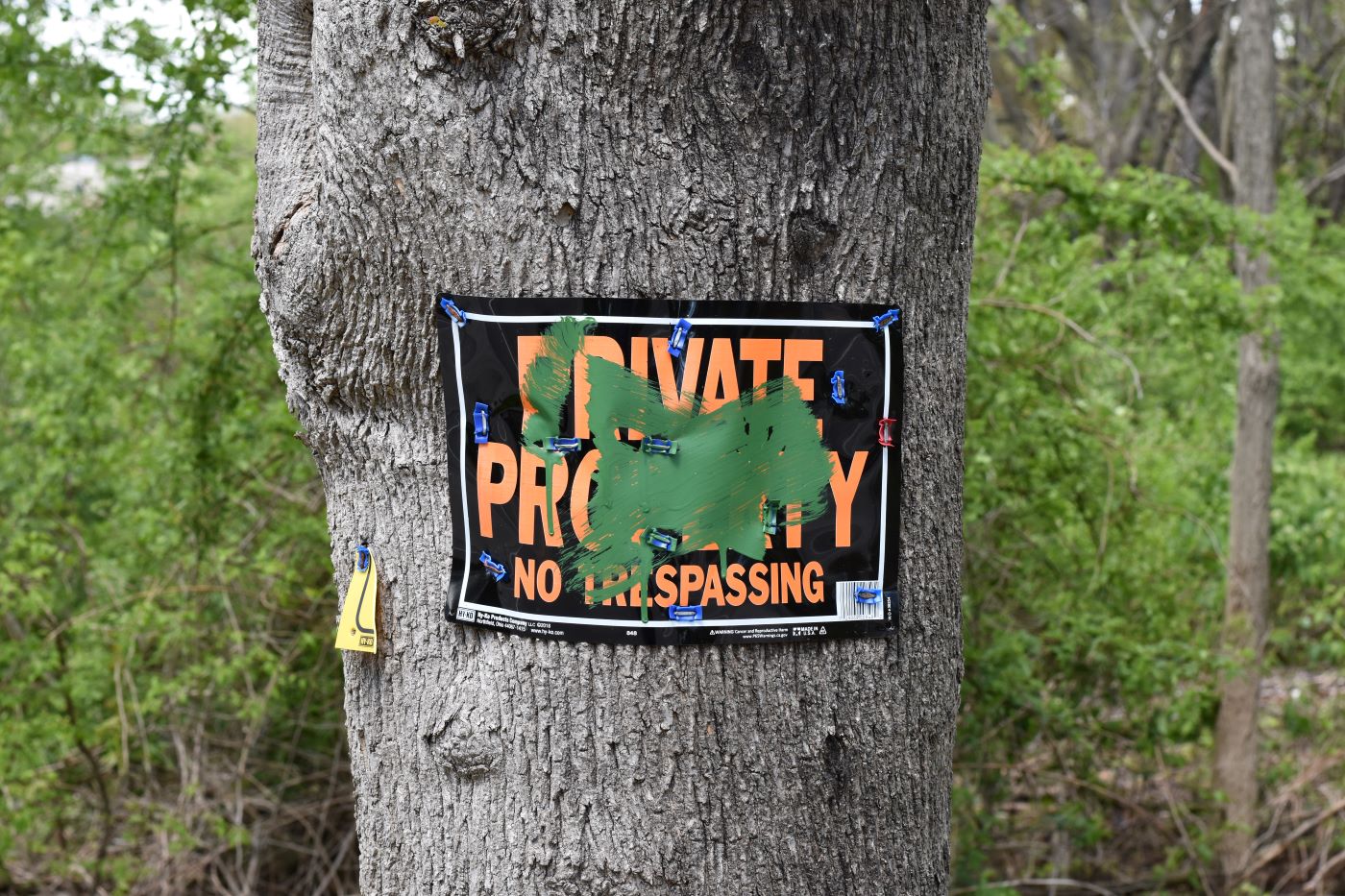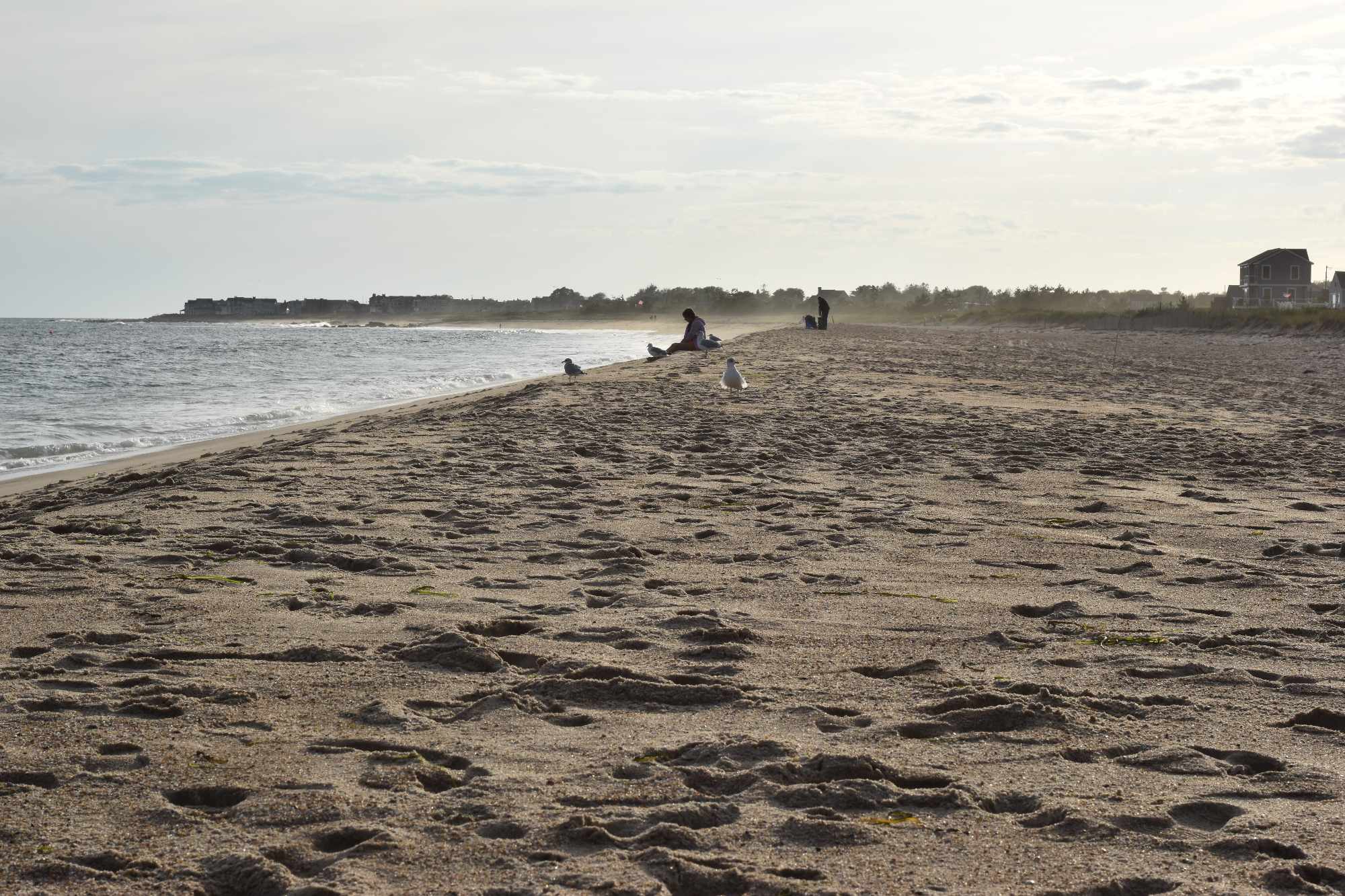Invasive Aquatic Weed Found in South Kingstown Lake
October 2, 2023
SOUTH KINGSTOWN, R.I. — Late summer on Indian Lake is pretty typical. The freshwater lake, tucked away just off Route 1 a half-mile away from the Narrow River, is a popular destination for swimmers, anglers, boaters or nearby residents looking to beat the heat.
But residents weren’t the only ones in the water at Indian Lake soaking up the sun this summer. Scientists from the state Department of Environmental Management found something else lurking in the lake: hydrilla, an invasive species, new to Rhode Island, that grows so aggressively some have referred to it as the “perfect aquatic weed.”
It’s an apt nickname. Pulled out of the water, hydrilla resembles any other weed found in the a garden, with thick roots, long stems and whorls of leaves with pointed tips. It grows rapidly, up to a foot a day in some cases, and thrives in low-light conditions in the water. This allows it to shade out and displace all other aquatic vegetation found in lakes and ponds.
It has four successful modes of reproduction – most native aquatic species only have one or two – and it can tolerate a wide range of PH, salinity and light conditions.
But because, like many invasives, it spreads quickly and easily through its desired habitat, pinpointing when and where the hydrilla infestation started in Indian Lake remains a mystery.
“It’s a pretty adaptive plant,” said Katie DeGoosh, an environmental scientist in DEM’s Office of Water Resources, in an interview with ecoRI news. “One of the ways it spreads is through fragmentation. Just a small fragment of the stem can become a whole new plant, so whether the stem is cut with a boat propeller and carried on a trailer, or whether it’s stuck to a Canadian goose that hops from one place to another, there could be any number of ways it got there by fragmentation.”
Left unchecked, hydrilla could overwhelm the water column in Indian Lake, displacing insects, frogs and other wildlife who use the pond as a habitat. It would also make traditional summer activities on the pond — swimming, fishing, and boating — close to impossible, as boat propellers, fishing lures and human limbs get tangled in the weed’s thick stems.
That scenario is already happening elsewhere in southern New England. Hydrilla was first identified in the Connecticut River in 2016, in Glastonbury, Connecticut. A survey conducted in 2019 and 2020 reported 774 acres of hydrilla infesting the river, from Agawam, Massachusetts, to Long Island Sound. Local marinas and municipalities reported access to boat slips and docks became impossible due to the severity of hydrilla infestations in the river.
DEM first detected hydrilla in the north end of Indian Lake on Aug. 9, during a routine survey of state waterbodies by the Office of Water Resources. The current extent of the infestation remains unknown, but DeGoosh said she suspected it was more widespread than the department’s initial survey had indicated. Volunteer monitors last week said the plant had spread to the southern end of the pond, according to DeGoosh.
The University of Rhode Island’s Watershed Watch is planning on measuring the extent of the Indian Lake infestation later this fall.
DeGoosh said the department will wait for the URI survey results before committing to a course of action, but she indicated that if the infestation was big enough herbicides will be used, and DEM is already writing a grant for federal funds to pay for such a treatment.
In the meantime, the department is spreading awareness to the state’s recreational and commercial boaters, advising owners and operators to clean their boats of any plant detritus or fragments after pulling them out of the water. A DEM study from 2013 showed that at one boat ramp, up to 38% of boats inspected by the department carried some kind of plant material on their boat hull or trailer.
But time is ticking away, and climate change favors invasives. Over the next month, the hydrilla in Indian Lake will bulk its root system, storing the energy it needs to germinate again next spring. The lower temperatures and decreased winter sun will cause some of the hydrilla to die off, but a mild winter means it might start germinating earlier.
“A lot of times you have a lot of snow in the winter, and you have ice covering the pond with snow on top of that ice,” which darkens the lake, said DeGoosh. “But if you had a mild winter and there’s no ice over your water and no snow over ice, the plants actually get more sun earlier, because now there’s more sun available to them.”
Invasives are on the rise. Of the 37,000 species known in the United States today, 37% have been reported since 1970, powered by increased human trade and travel around the globe, according to a report released earlier this year by the Intergovernmental Science-Policy Platform on Biodiversity and Ecosystem Services for the United Nations.
In 2019 alone, invasive species caused an estimated $423 billion in damage to nature, food sources and human health. The alien invaders contributed to 60% of recorded animal and plant extinctions and were cited as the only factor in 16% of all extinctions, according to the same report.




Have researchers investigated Annaquatucket Pond in North Kingstown? It’s closing in with plants!